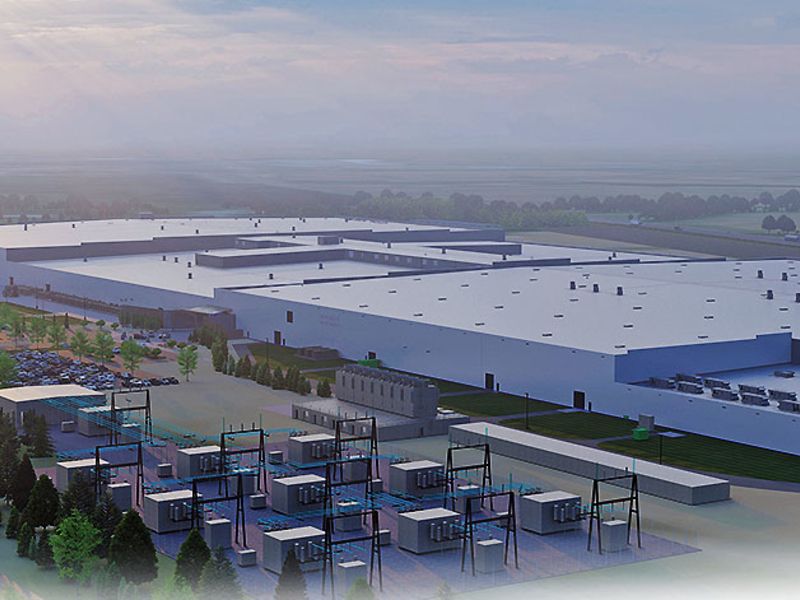
Vehicle electrification is not only dominating the conversation about the auto industry’s future, it’s also now dominating North American factory investment.
In the first six months of this year, 95 percent of all automaker plant site investment in North America was for electric vehicle-related products, representing more than $12 billion.
That’s up from 65 percent of investment in the two previous years, according to the Book of Deals, a database that monitors new plants and manufacturing investment projects.
“We’re seeing an acceleration,” said Bernard Swiecki, director of the Automotive Communities Partnership, which maintains the database to help states and communities track economic development opportunities in the auto industry. “And when you consider that the Biden administration is committed to EV technology and CO2 reduction, we have to assume the industry’s investment in that area is only going to increase. You have to wonder if people might even be waiting in the wings to announce more projects until they see how the negotiations in Washington end up.”
Swiecki cautions that the billions of dollars going into EV factories and their new supply chains will not automatically be a windfall for the towns and regions that have employed workers for the traditional auto industry of past generations.
“Many of the new jobs will take the place of existing products and plant locations,” he said. “And a question we don’t know the answer to yet is whether these new plants are going to seek lower labor costs than the established plants. It’s not just a matter of ‘old UAW jobs’ versus ‘new non-UAW jobs.’ It might also be a question of new UAW jobs at a lower wage rate.”
The new wave of manufacturing projects also comes with questions about what sort of skill sets will be desired, how the work will be different and what level of factory automation the new supply chain will employ to produce electric motors, Swiecki said.
Despite the rise in EV manufacturing investment, Swiecki believes there also is a potential for North American jobs to be lost to overseas factories.
“If there is a slow and gradual shift to sales of electric vehicles — if it takes years for EV sales to reach that level of 30 percent or more of the total — we could see a scenario where the economies of scale aren’t there for the full EV supply base to build plants here in the U.S.,” Swiecki said. “It’s possible that we could see traditional automotive parts plants begin to close, while the supply chains that will replace them continue to import from overseas locations for some time to come.
“Once sourcing decisions are made with an overseas source, it’s hard to change them,” he added. “So this could be a painful and messy transition.”

